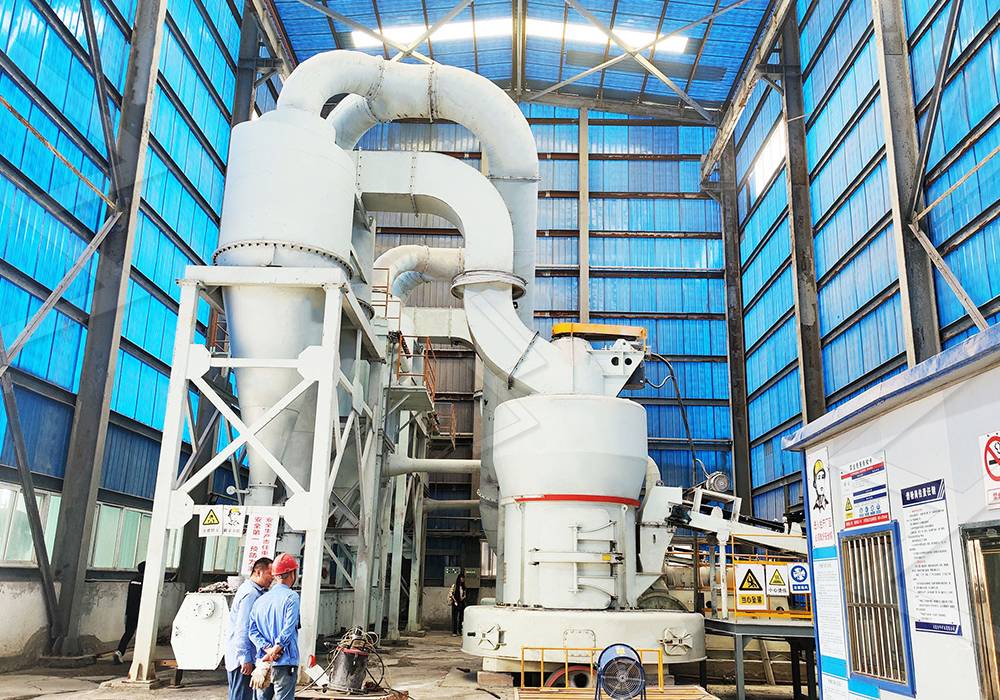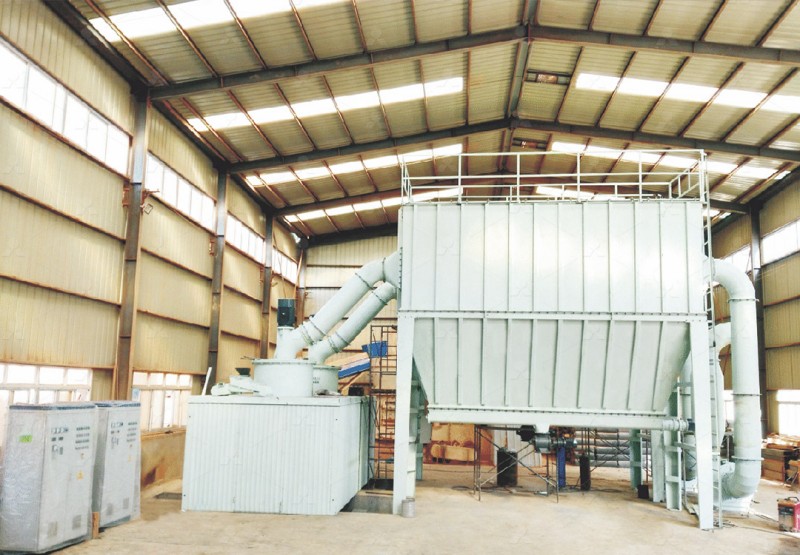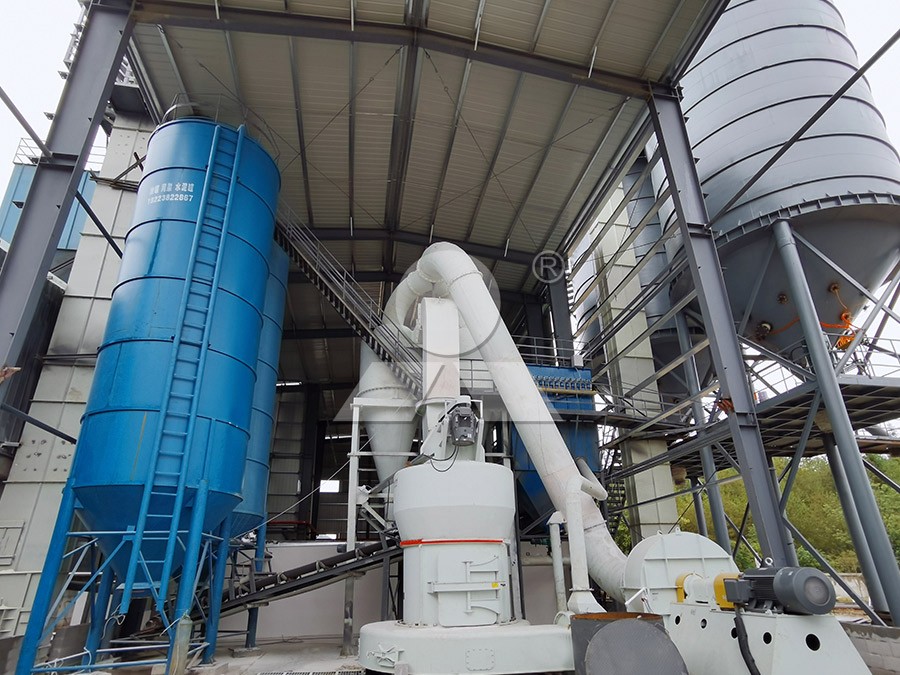Sawdust Grinding Mills for Sale in Indonesia – Get Wood Powder Efficiently
Unlocking Value from Wood Waste: The Indonesian Opportunity
Indonesia’s thriving timber and furniture industries generate substantial wood waste annually. Rather than treating sawdust as mere byproduct, forward-thinking manufacturers are recognizing its potential value when processed into high-quality wood powder. This versatile material serves numerous industries—from composite wood production and biomass fuel to agricultural supplements and chemical manufacturing.

The key to profitable sawdust conversion lies in selecting the right grinding equipment. Not all mills deliver equal results when processing fibrous wood materials. The ideal machine must handle varying moisture content, produce consistent particle size distribution, and operate efficiently to maintain profitability.
Critical Factors in Sawdust Grinding Mill Selection
When evaluating grinding mills for wood powder production, several technical considerations demand attention. The machine must accommodate the specific characteristics of wood fibers, which differ significantly from mineral materials. Moisture management becomes crucial, as residual sap and water content can affect both grinding efficiency and final product quality.
Particle size consistency separates premium wood powder from mediocre products. Applications like wood-plastic composites require extremely uniform fineness, while biomass fuel may tolerate broader particle distribution. The grinding mechanism must therefore offer precise control over output specifications.
Advanced Grinding Technology for Wood Processing
Among the available technologies, the MW Ultrafine Grinding Mill stands out for wood powder applications. Engineered for customers requiring ultra-fine powder production, this machine handles input sizes up to 20mm with capacities ranging from 0.5 to 25 tons per hour. Its innovative design addresses the unique challenges of wood processing through several key features:

The MW mill’s newly designed grinding curves for rollers and rings enhance efficiency specifically for fibrous materials like wood. Compared to conventional grinding systems, it achieves 40% higher production capacity with the same power consumption. For operations targeting superfine wood powder between 325-2500 meshes, its German-engineered cage-type powder selector ensures precise separation accuracy.
Operational reliability proves particularly valuable in Indonesia’s diverse industrial environments. The MW mill eliminates rolling bearings and screws within the grinding chamber, preventing common failure points. External lubrication enables continuous 24-hour operation—a significant advantage for maximizing production throughput.
Environmental Compliance and Operational Efficiency
Indonesian manufacturers face increasing environmental regulations, making the MW mill’s integrated pulse dust collector particularly relevant. This system ensures no dust pollution during operation, while silencers and noise elimination rooms maintain workplace comfort. The entire production process aligns with national environmental protection standards, reducing compliance concerns.
For operations requiring different specifications, the LUM Ultrafine Vertical Grinding Mill presents another compelling option. With input sizes up to 10mm and capacity ranging from 5-18 tph, it incorporates the latest grinding roller technology and German powder separation techniques. Its unique roller shell and lining plate grinding curve generates material layers more effectively, improving finished product whiteness and cleanliness—critical factors for premium wood powder applications.

Maximizing Return on Investment
The economic case for advanced sawdust grinding equipment strengthens as wood powder markets expand. By converting waste into saleable products, manufacturers can transform cost centers into profit generators. The higher yielding, lower energy consumption profile of modern grinding mills accelerates return on investment, particularly when processing valuable hardwood species prevalent in Indonesia.
Frequently Asked Questions
What moisture content can the MW Ultrafine Grinding Mill handle for wood materials?
While the mill performs optimally with pre-dried materials, it can accommodate moderate moisture levels common in freshly processed sawdust. For high-moisture content exceeding 15%, we recommend preliminary drying for maximum efficiency.
How does the fineness adjustment work for different wood powder applications?
The MW mill features a cage-type powder selector that allows precise fineness control between 325-2500 meshes. Operators can adjust settings based on end-use requirements, whether producing coarse powder for biomass or ultra-fine powder for specialty composites.
What maintenance requirements should Indonesian operators anticipate?
With no rolling bearings or screws in the grinding chamber, maintenance demands are significantly reduced. The external lubrication system enables servicing without shutdown, while digital monitoring alerts operators to potential issues before they affect production.
Can the same mill process different wood species effectively?
Yes, both the MW and LUM mills handle various wood types—from softwoods to dense tropical hardwoods. Adjustable grinding pressure and separator speed allow optimization for different fiber characteristics and density.
What technical support is available for Indonesian customers?
We provide comprehensive technical services, original spare parts supply, and operational training to ensure worry-free operation. Our support network covers major Indonesian industrial regions with prompt response times.
